Utah Steel: Reinventing Steel Fabrication with Eagle’s 20 kW iNspire
From Waterjet Beginnings to a Steel Powerhouse
When Utah Steel opened its doors in 2006, the company was a small waterjet shop in Cedar City, Utah, cutting stone and tile for local projects. Demand was steady, but the market began to shift. Customers wanted more than decorative medallions and custom stonework—they needed steel.

So Utah Steel evolved. First came a CO₂ laser to handle sheet metal, then a press brake to expand capabilities. By 2015, the company had invested in a 4 kW CO₂ laser, moving further away from waterjet work. Two years later, Utah Steel took another leap with its first fiber laser—a 6 kW unit that, though small, proved transformative.
“That first fiber was something we could run around the clock. It really helped us grow,” recalls Fred Meade, Vice President of Utah Steel.
The growth didn’t stop. By 2016, the company had entered the structural steel market and moved into larger facilities. Precision cutting and heavy structural work became twin pillars of the business. And by 2022, Utah Steel was ready for its boldest investment yet: the 20 kW Eagle iNspire.
If you don't see them automatically, please activate the subtitles in your language.
The turning point: investing in Eagle
Owner Carl Meade first encountered Eagle at the EuroBLECH trade show in Germany. Impressed by the speed and precision, he returned determined to compare it against every competitor. What stood out was not only Eagle’s performance, but also the promise of service and support.
“A lot of companies can sell you equipment, but if they don’t have service, you walk away. Eagle gave us both. When it came time to choose, it felt right,” says Fred.
The installation wasn’t without hurdles—Covid delayed shipping—but Eagle’s team met every commitment once the machine arrived. “It was seamless. Professional. They delivered exactly what they promised,” Fred emphasizes.
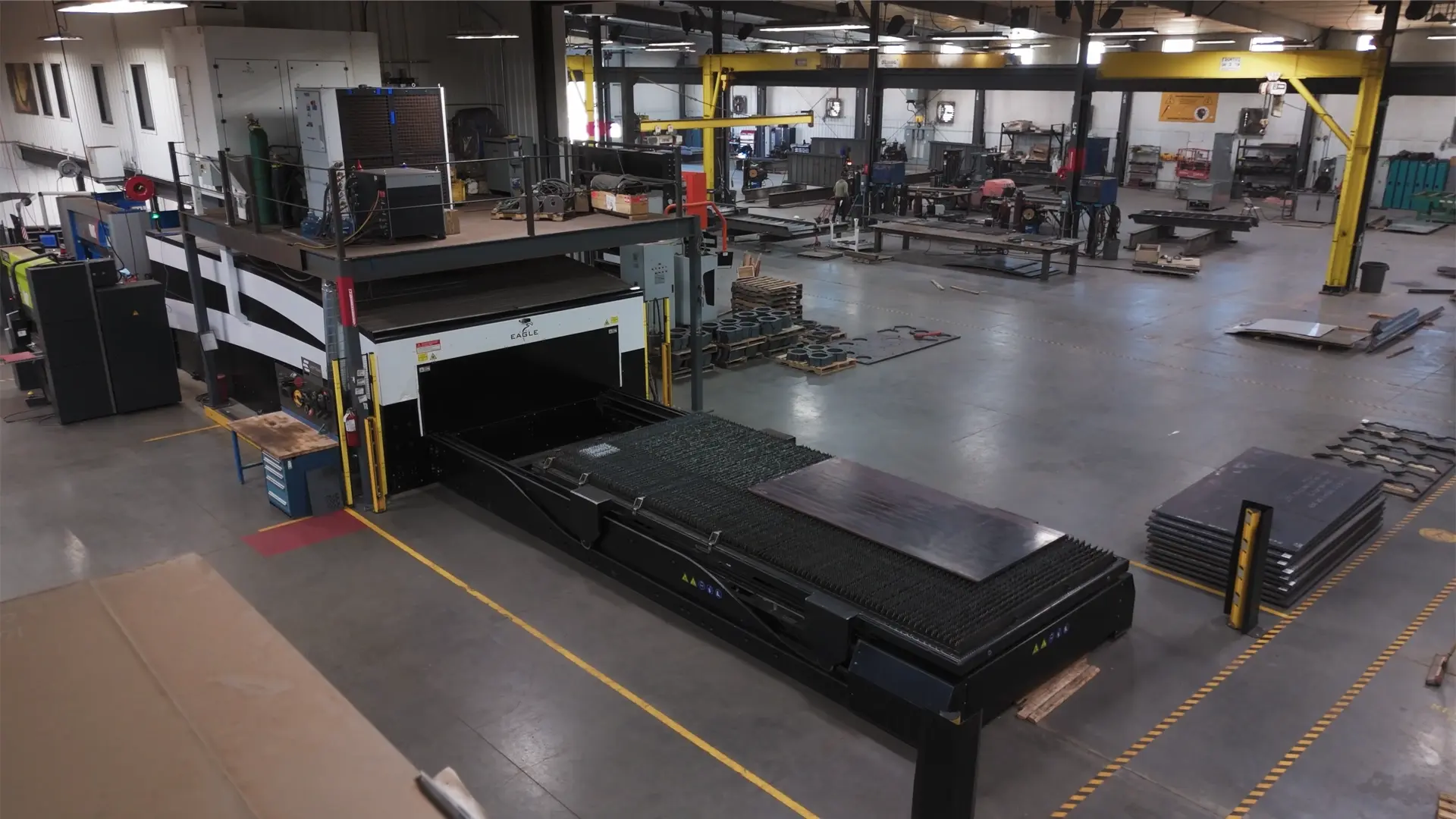
A new way of working
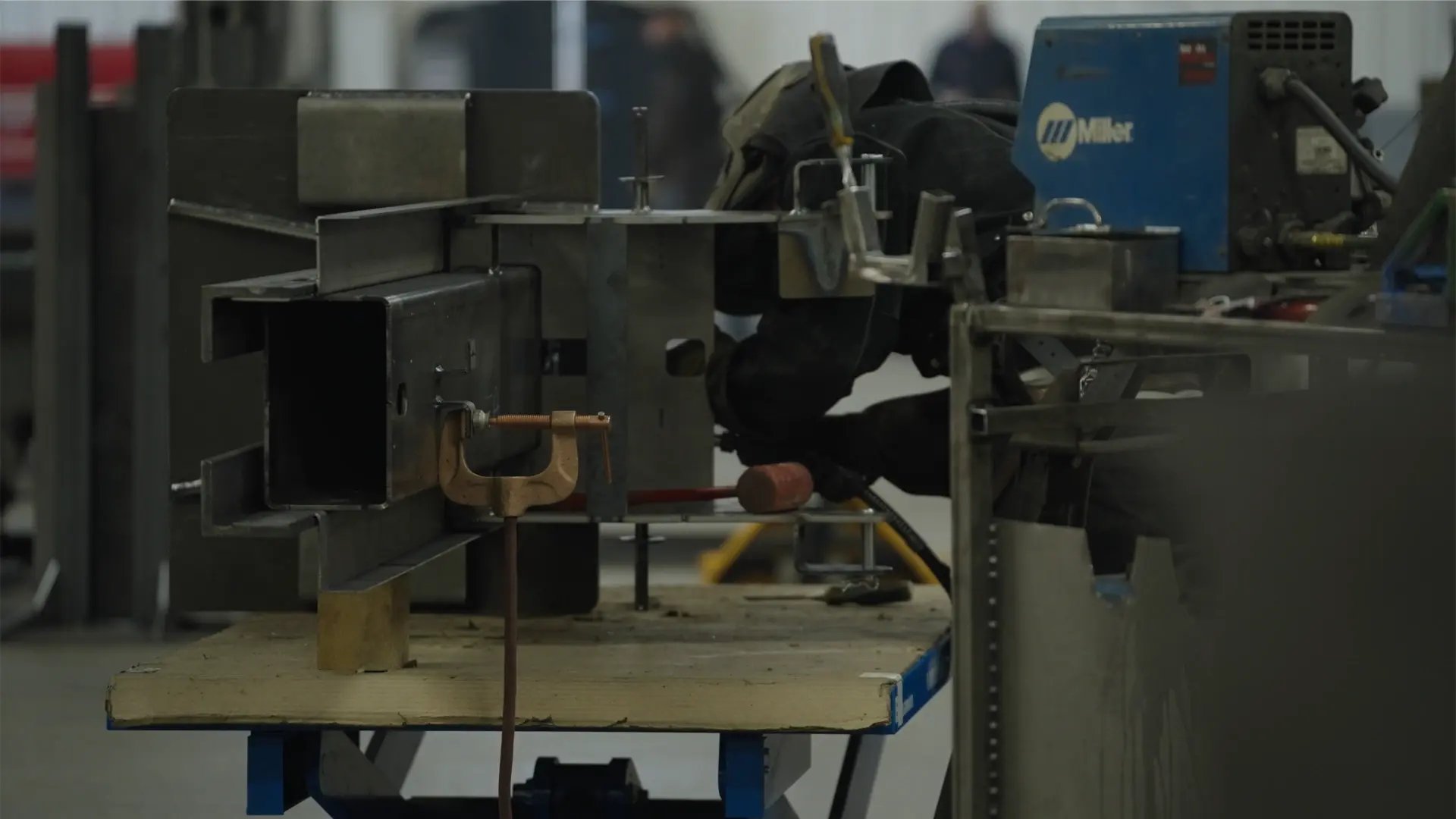
Once the Eagle 20 kW was in place, Utah Steel’s workflow changed dramatically. The 9 x 20 ft bed allowed the team to cut massive parts and handle complex nests that weren’t possible before. More importantly, the speed of the machine made the old way of splitting work between plasma and fiber obsolete.
At first, Utah Steel tried feeding some jobs to plasma and others to the Eagle, thinking it would save costs. But experience quickly proved otherwise.
“The laser does cost more to run, but the speed and efficiency totally changed the equation. We realized all of our steel should go across the Eagle—it kept the rest of the shop flowing, with no downtime,” Fred explains.
Operator Taylor Darter, who has been with Utah Steel for 15 years, saw the difference firsthand: “With the Eagle we’re getting three times the speed compared to our older fiber. What used to take minutes now takes seconds. And with the 20-foot bed, we can take jobs other shops simply can’t handle.”
Technology that drives productivity
For Utah Steel, the real advantage of the Eagle iNspire lies not only in its raw power, but in the way its technology shapes daily work. Features like MyEDROP have given operators a new level of independence. If a part is damaged, they no longer need to return to programming; they can simply recut it on the spot, keeping jobs moving without interruption.
The Eagle Eye system has also made a difference in support. Instead of lengthy explanations when service is needed, the team can share what’s happening instantly with Eagle’s experts, saving time and reducing frustration.
Even the basics of material handling have been transformed. On most large-format machines, exchanging tables can take over a minute. On the Eagle, it takes 10 seconds. That speed, combined with the machine’s 20-foot bed, means operators can switch from one job to the next almost without pause.
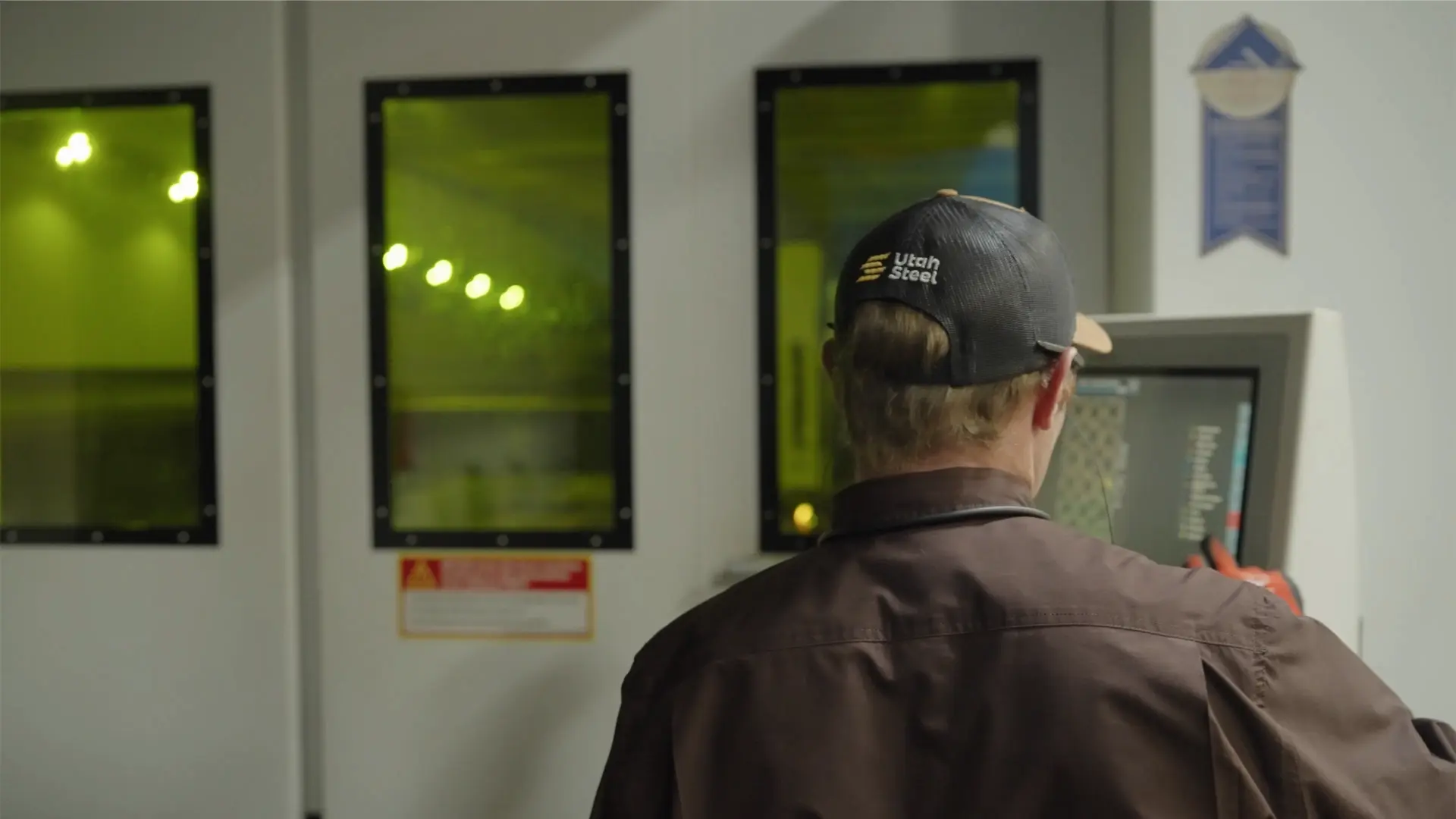
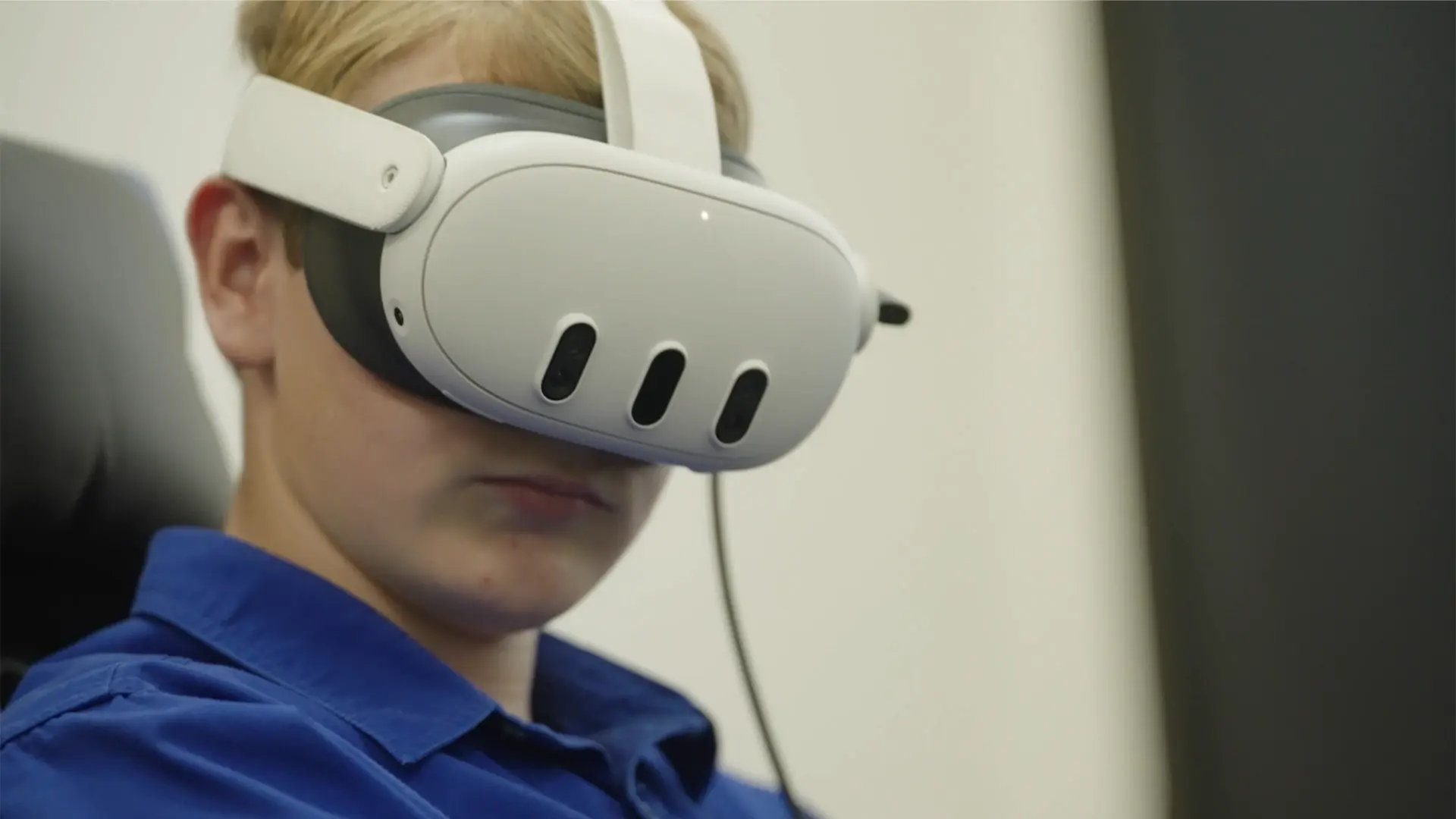
And then there’s maintenance. At first, Fred admits, the enforced cleaning cycles felt like a burden. The machine stops, alerts the team, and starts a timer for the work to be done. But over time, the value became clear: “It actually saves downtime. You can’t cheat the system, and that discipline has paid off,” he explains.
For operator Taylor Darter, these features come together in a way that changes the pace of his day. “The best feature is the speed—flat out. The machine moves as fast as it can and gets the cut done. But it’s also the usability. Having job lists, counters, and features like MyEDROP and Eagle Eye—it all makes my work more efficient,” he says.
A Catalyst for Growth and Future Expansion
Today, Utah Steel runs about a shift and a half per day, with capacity to double. The company employs over 100 people in a 45,000-square-foot facility, and is already planning a new 120,000-square-foot expansion dedicated to structural steel.
Fred is clear about where the company is heading: “With every company, you’re either growing or you’re dying. Carl pushes us to stay on the front edge of technology, and the Eagle helps us do that. With the new building, we’ll need another laser, maybe two—and we hope they’ll be Eagles.”
Two years after installation, Utah Steel is confident in its decision. The Eagle hasn’t just accelerated cutting—it has transformed the entire rhythm of the shop, boosting efficiency, profitability, and growth.
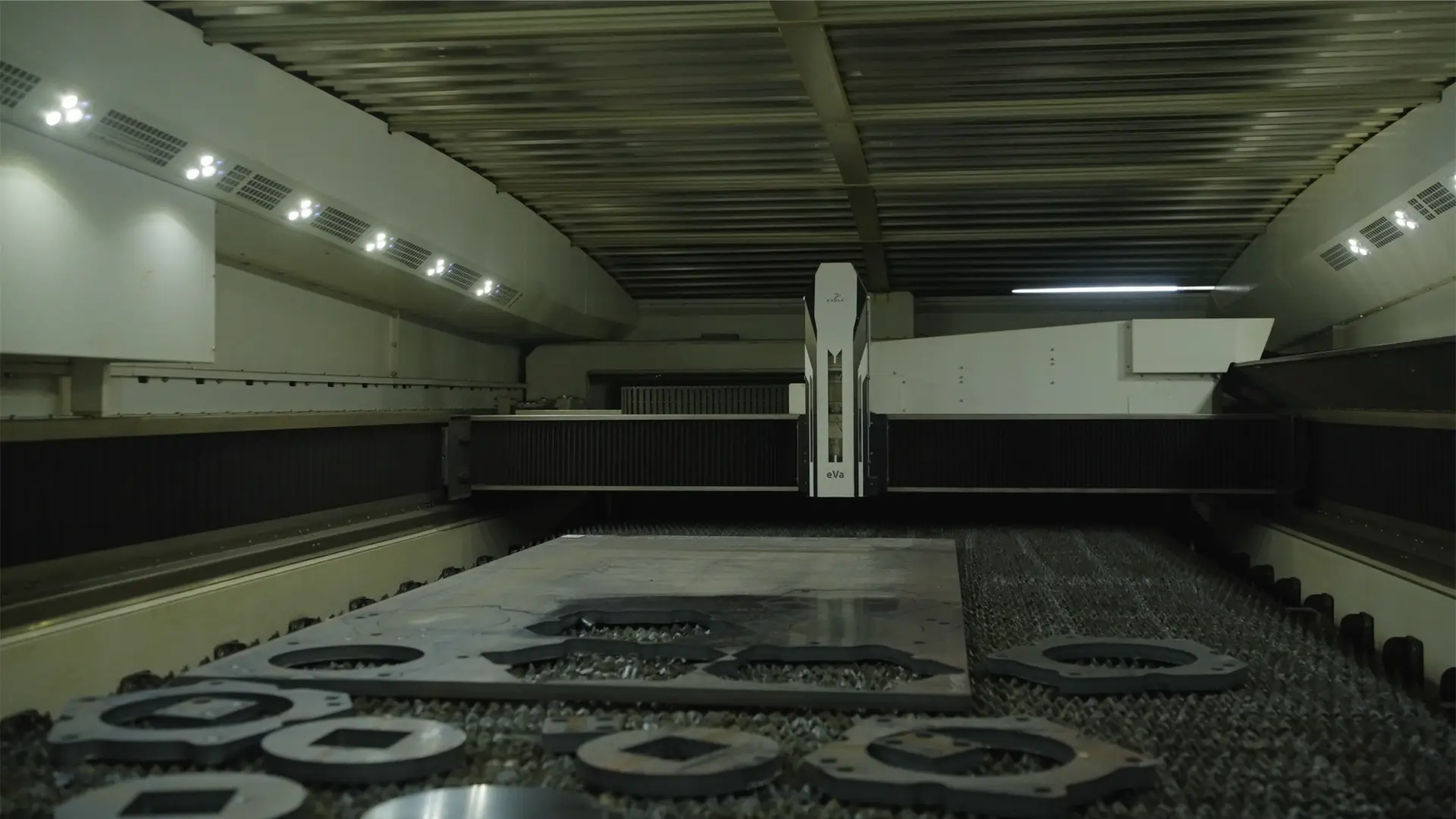
“If you want to keep doing things the old way, don’t get an Eagle. But if you want to change your shop, get one. It makes your business expand. It makes you grow,” Fred concludes.